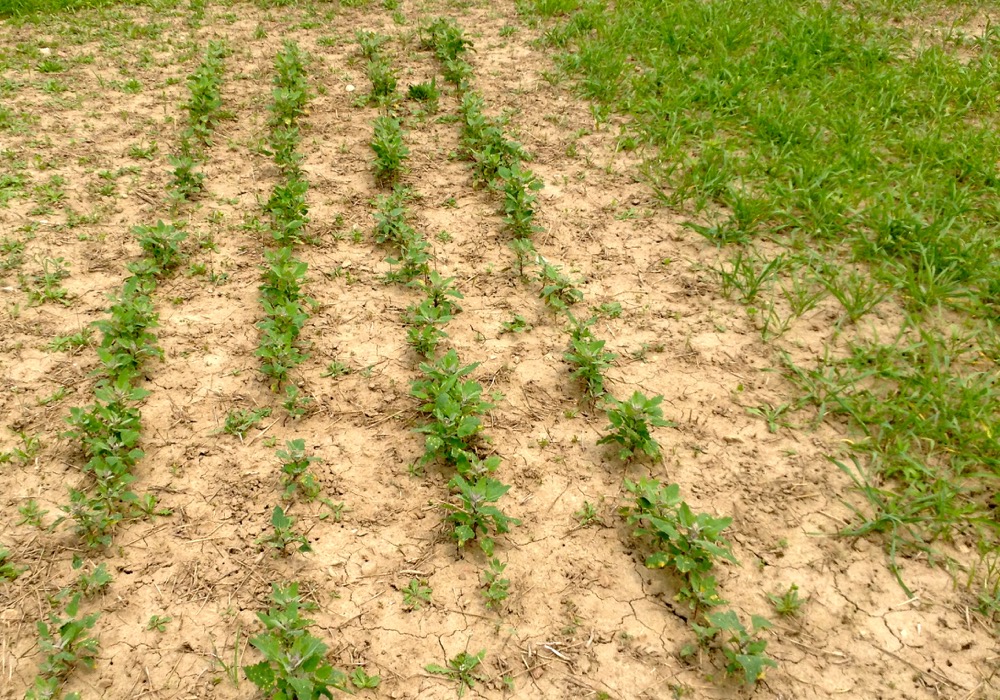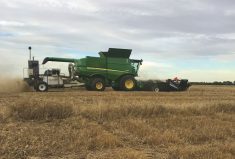Q: I’m looking to grow a new crop where there are few herbicides available to control weeds. Are there any non-chemical methods to reduce the number of weeds that could emerge in the crop?
A: Since I began with OMAFRA in 2002, I’ve been involved in projects that investigated methods to control weeds in “new” or “alternative” crops such as quinoa, switchgrass, miscanthus, big blue stem grass and sunflower. When there are limited herbicide options, things can get really messy unless non-chemical strategies are used. One of the most effective and proactive approaches that I’ve used is the stale seedbed. It can make mediocre herbicides look good and lowers the number of weeds that have to be controlled through inter-row cultivation.
Read Also

Producers aren’t panicking over tariffs and trade threats
The influence of tariff and trade uncertainity on farm business decisions.
The approach behind the stale seedbed is fairly simple.
Step #1: Prepare a seedbed using shallow tillage several weeks before you want to plant the crop.
Step #2: Weed seeds germinate and seedlings emerge in the days following.
Step #3: The emerged weeds are killed off with as little soil disturbance as possible so as to not stimulate more seedling emergence. I typically do this with an application of glyphosate, as it can control a wide range of species at different sizes. However, flame weeders or shallow cultivation tools could be used in organic systems.
Step #4: Plant the crop into the stale seed bed as soon as possible after Step #3.
Minor uses
The minor use program, which is administered by Health Canada’s Pest Management Regulatory Agency (PMRA), is necessary to bring pest control products to Canadian minor crop and specialty crop growers that otherwise would not be marketed to them because of their unique and/or limited production area. In the past two seasons, the minor use program has been successful in bringing a number of herbicide options to the Ontario marketplace. If you are growing a new crop but are struggling with the management of certain pests, you can contact the provincial minor use co-ordinator through the OMAFRA Agricultural Information Contact Centre at 1-877-424-1300 or by email at [email protected].
Have a question you want answered? Hashtag #PestPatrol on Twitter to @cowbrough or email Mike at [email protected].















